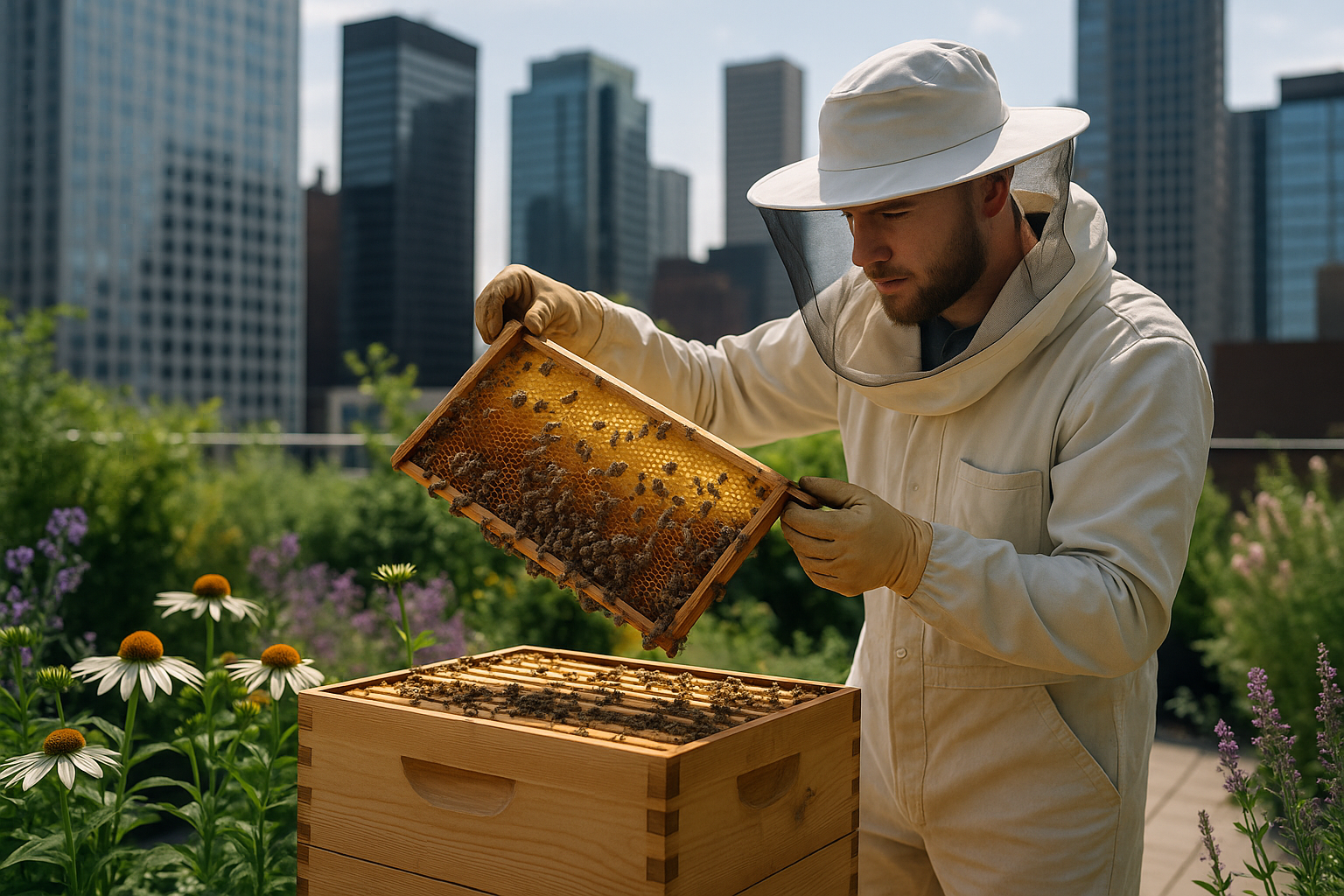The Rising Popularity of Urban Beekeeping: A Sweet Endeavor
Introduction: Urban beekeeping is buzzing with interest, as city dwellers worldwide are taking part in this age-old practice. This article delves into the history, current trends, and future outlook of urban beekeeping, providing valuable insights for both seasoned apiarists and budding enthusiasts.

History and Evolution of Urban Beekeeping
Beekeeping, or apiculture, traces its roots back thousands of years. Ancient civilizations across the globe, including the Egyptians, Greeks, and Mayans, recognized the value of bees for honey production and pollination.
However, it was not until the 19th century that beekeeping took to the cities, when Lorenzo Langstroth, an American apiarist, invented the movable frame hive. This innovative design made it possible to keep bees in small, confined spaces, paving the way for urban beekeeping.
The Current State of Urban Beekeeping
Urban beekeeping has seen a revival in recent years. With the rise of urban farming and the local food movement, city dwellers are increasingly setting up hives on rooftops, balconies, and backyards.
This trend is not just limited to hobbyists. Businesses, too, are getting in on the act. Hotels, for instance, are installing hives on their rooftops and using the honey in their kitchens and spas, while breweries are brewing honey-infused beer.
The Impact of Urban Beekeeping
Urban beekeeping serves a dual purpose: it helps the environment and bolsters local economies. Bees play a crucial role in pollination, which is essential for the survival of many plant species. They also produce honey, which can be sold or used in homemade products, contributing to the local economy.
However, urban beekeeping is not without its challenges. The most significant is the limited forage available in cities, which can lead to malnutrition and disease in bees.
The Future of Urban Beekeeping
Given its current trajectory, urban beekeeping is likely to continue growing. Technological advancements, such as smart hives equipped with sensors that monitor the health of the colony, are making it easier for urban dwellers to keep bees.
Moreover, governments are starting to recognize the value of urban beekeeping. Many cities, including New York and Paris, have lifted bans on beekeeping, and others are offering incentives to encourage residents to set up hives.
The Cost of Urban Beekeeping
The cost of setting up an urban hive varies widely, depending on the type of hive and the necessary equipment. On average, a beginner’s kit, including a hive, bees, and basic tools, can cost between $200 and $500. However, the potential benefits, both environmental and economical, can make it a worthwhile investment.
In conclusion, urban beekeeping is a practice whose time has come. As city dwellers become more conscious about their food and the environment, it is likely that more and more urbanites will turn to beekeeping, making our cities buzz with life.




